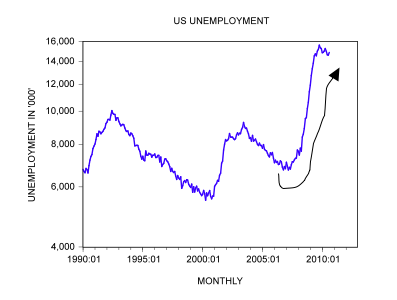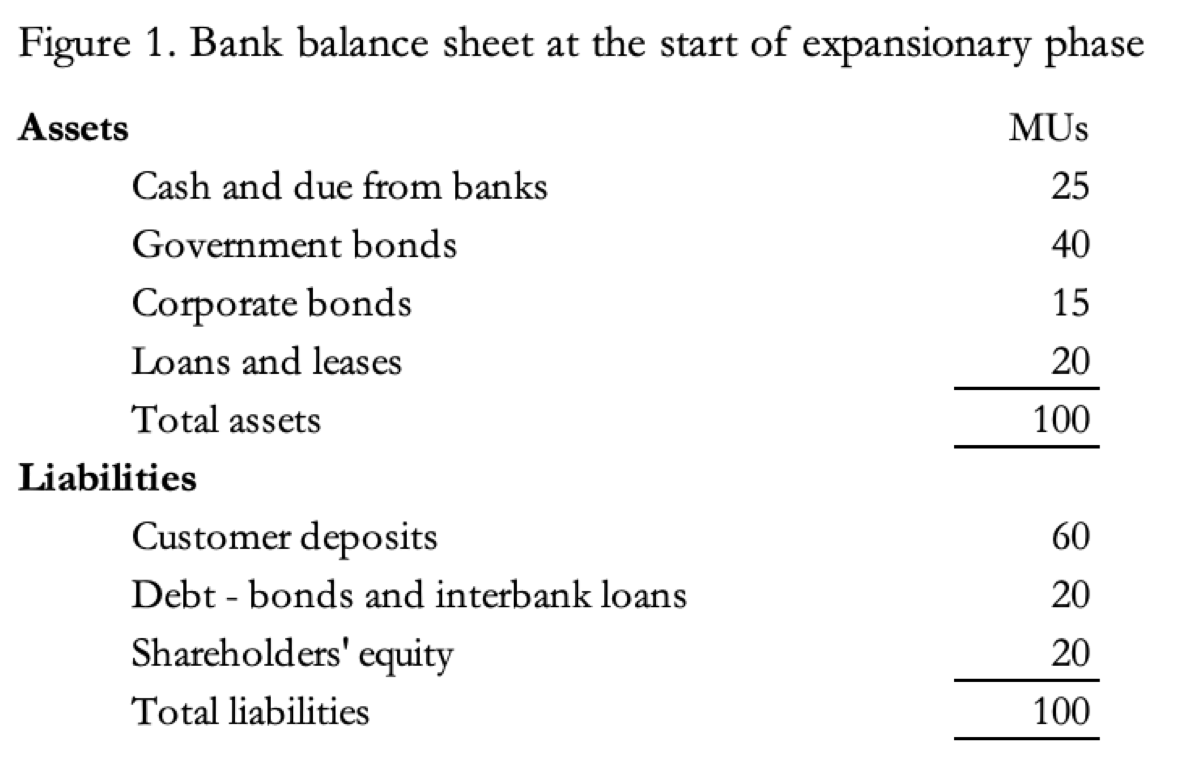In February, the general consensus between large investment banks and supranational entities was that there would be a one-time hit to GDP in the first quarter due to the impact of the coronavirus, followed by a stronger, V-shaped recovery. The IMF expected a modest correction of global GDP of 0.1 percent, and the largest cut on estimates for 2020 growth was 0.4 percent.
Those days are gone.
The latest round of global growth revisions includes a slash of growth estimates for the first and second quarters and a very modest recovery in the third and fourth. Average GDP estimates are now down 0.7 percent, and JP Morgan expects the eurozone to enter a deep recession in the next two quarters (–1.8 percent and –3.3 percent in the first and second quarters), followed by a very poor recovery that would still leave the full-year 2020 estimate in contraction. The investment bank also assumes US slumps of 2 percent and 3 percent, respectively, but a modest full-year growth. Capital Economics estimates a hit to the US economy for the full year that would cut 0.8 percent off previous estimates though still predicting growth, but a larger impact on the eurozone, with full-year 2020 growth at an avergae of –1.2 percent, led by a –2 percent prediction for Italy. This, unfortunately, looks like just the beginning of a downgrade cycle that adds to the issue of an economy that was already slowing in 2019.
The decision to shut down air travel and close all nonessential businesses is now a reality in major global economies. The United States has banned all European flights as Italy enters a complete lockdown, Spain declares a state of emergency, and France closes all nonessential public places and businesses.
By now, we at least have a clearer picture of the severity of the pandemic and can discuss the economic consequences, so I believe that it is important to remind readers of a few important factors:
- Calls for large fiscal packages to offset the pandemic may be useless. Allen-Reynolds at Capital Economics warned that “even if governments agreed on a larger tax and spending package, the economic impact would be much smaller than it would have been in the past, particularly if the fiscal stimulus was concentrated in Germany,” because output gaps are almost inexistent. This is not a demand problem; it is a supply shock, and you don’t address supply shocks with bricks, mortar, and deficit spending.
- The shutdown of developed economies is now granted and will likely take us more than a couple of weeks afield. The shutdown of emerging economies is likely to start in May and to impact 2020 and 2021 estimates. Every analysis we have seen so far only factors in a 2020 recession, not a crisis, and even less a large 2021 hit to the economy, but the financial implications in an already overleveraged world add a string of credit events to an economic shutdown.
- The latest wave of downgrades already assumes a large-scale stimulus, rate cuts, and quantitative easing. The diminishing returns of monetary easing were already evident in 2018 and especially in 2019, with global manufacturing purchasing managers’ indexes (PMIs) in contraction and growth estimates coming down significantly throughout the year. Average downward growth revisions by country averaged 20 percent between January and December, in the middle of a massive coordinated central bank injection operation that injected up to $170 billion a month into the economy (considering the People’s Bank of China (PBOC), Bank of Japan (BOJ), European Central Bank (ECB), and Fed) and saw widespread rate cuts.
- The economic implications of a pandemic will not be solved with massive spending increases. Governments will implement large demand-side policies that are the wrong answer to a shutdown of the economy. Most businesses will suffer from the collapse in sales and subsequent working capital build, and none of that will be solved with deficit spending. You cannot mitigate a supply shock with demand policies, which increase debt and overcapacity in the already indebted and bloated sectors and do not help the sectors that are suffering an abrupt collapse in activity.
- A forced temporary shutdown must also include a shutdown of the tax collection system. Governments already finance themselves at negative rates. They must eliminate (not defer) tax payments for companies in the period of crisis to avoid a massive unemployment increase and a domino of bankruptcies and facilitate working capital lines at zero rates to allow businesses and self-employed workers to navigate a shutdown. Governments that make the mistake of maintaining the current tax structure or who just prolong the payment period for six months will see the massive negative consequences of a shutdown in the next nine months.
If, as expected, the shutdown is extended to more countries every week, the negative effects on the economy will be longer and exponential, and the mirage of a third-quarter recovery even less likely.
It is very likely that the shutdown of major developed economies will be followed by a shutdown of emerging markets, creating a supply shock as we have not seen in decades. Taking massive inflationary and demand-driven measures in a supply shock is not only a mistake, it is the recipe for stagflation and guarantees a multi-year negative impact generated by rising debt, weakening productivity, rising inflation in nonreplicable goods while deflation creeps into official headlines, and economic stagnation.
Originally published on dlacalle.com.



